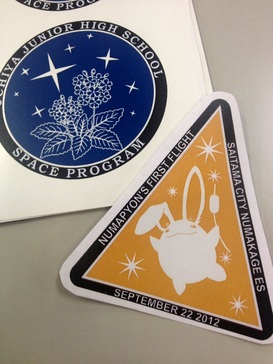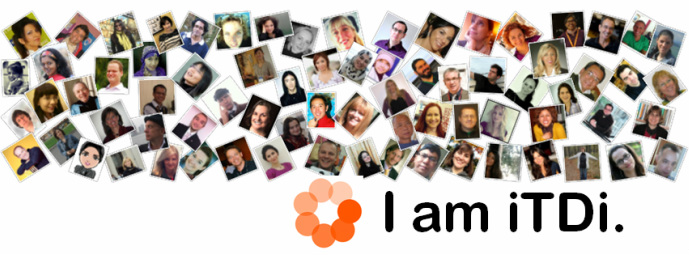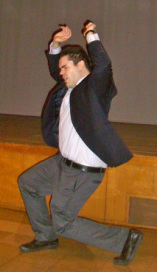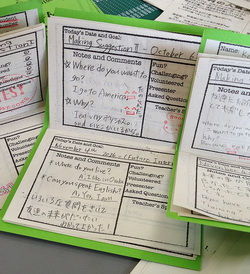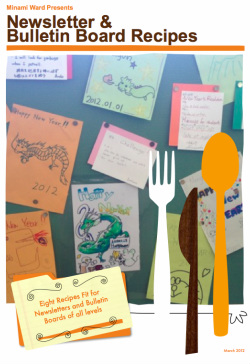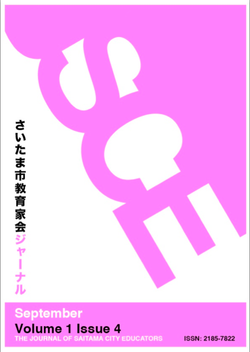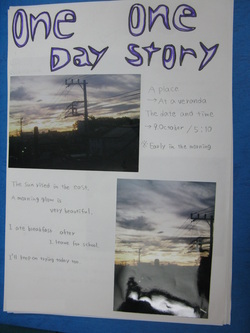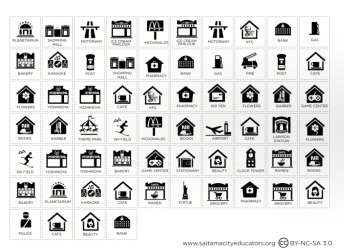
Build a Town is a game where teams create small towns from paper tiles and then debate over which town is better. This game and its recommended lesson plan allow groups of students to engage in quick, practical encounters with reason in a scaffolded and enjoyable setting.
「町を作ろう」は紙タイルを使って小さいな町を作り、どれが理想的かとディベー トするゲームです。 短い、実践的な関わりをグループ内でする働きのある活動です。
Click here to read now. Download this issue as a PDF to get access for a ready-to-print version of the game.
Published in Volume 3, Issue 2 in the Journal of the Saitama City Educators.
「町を作ろう」は紙タイルを使って小さいな町を作り、どれが理想的かとディベー トするゲームです。 短い、実践的な関わりをグループ内でする働きのある活動です。
Click here to read now. Download this issue as a PDF to get access for a ready-to-print version of the game.
Published in Volume 3, Issue 2 in the Journal of the Saitama City Educators.


